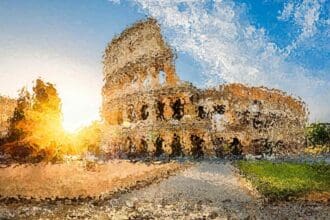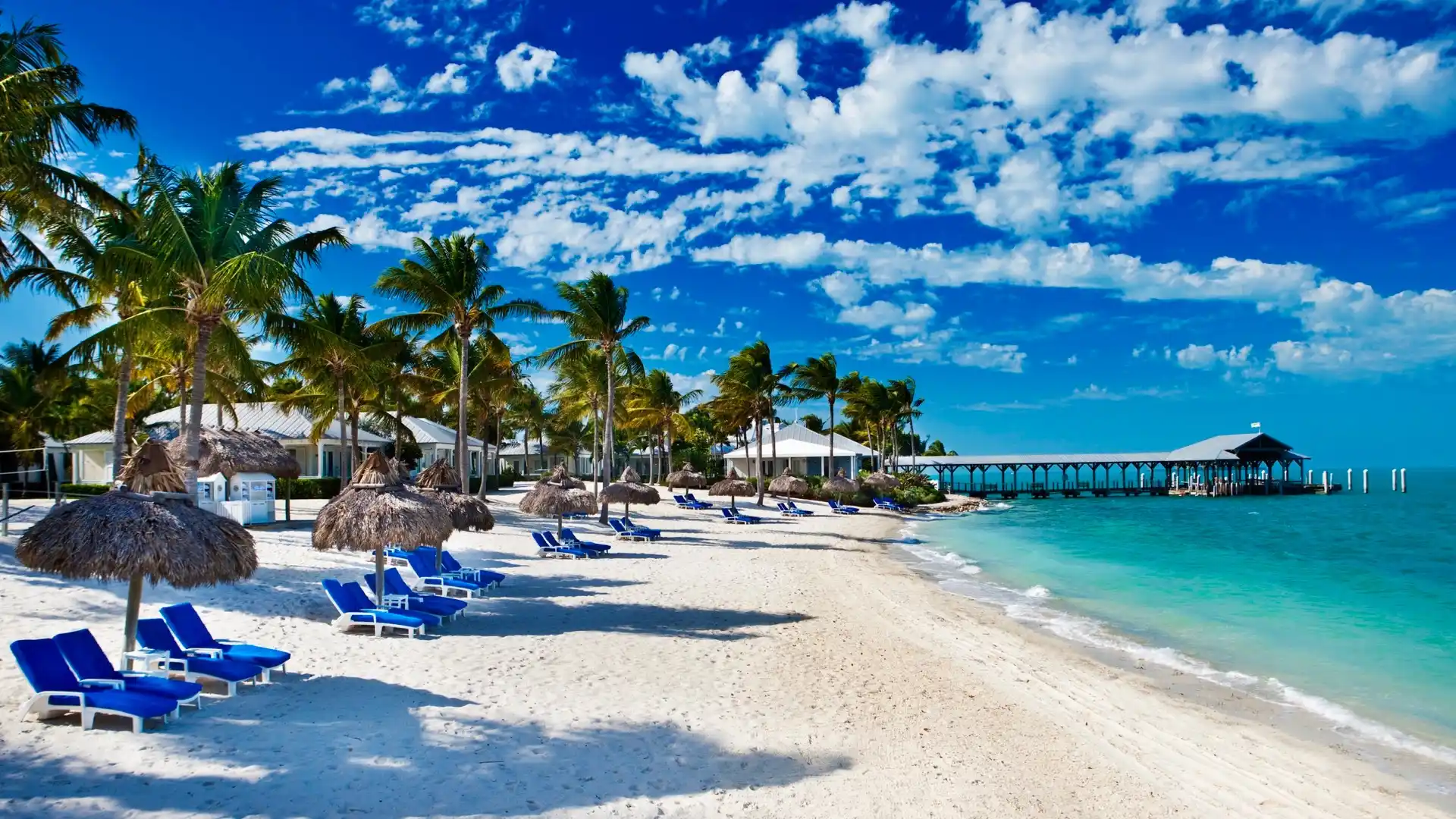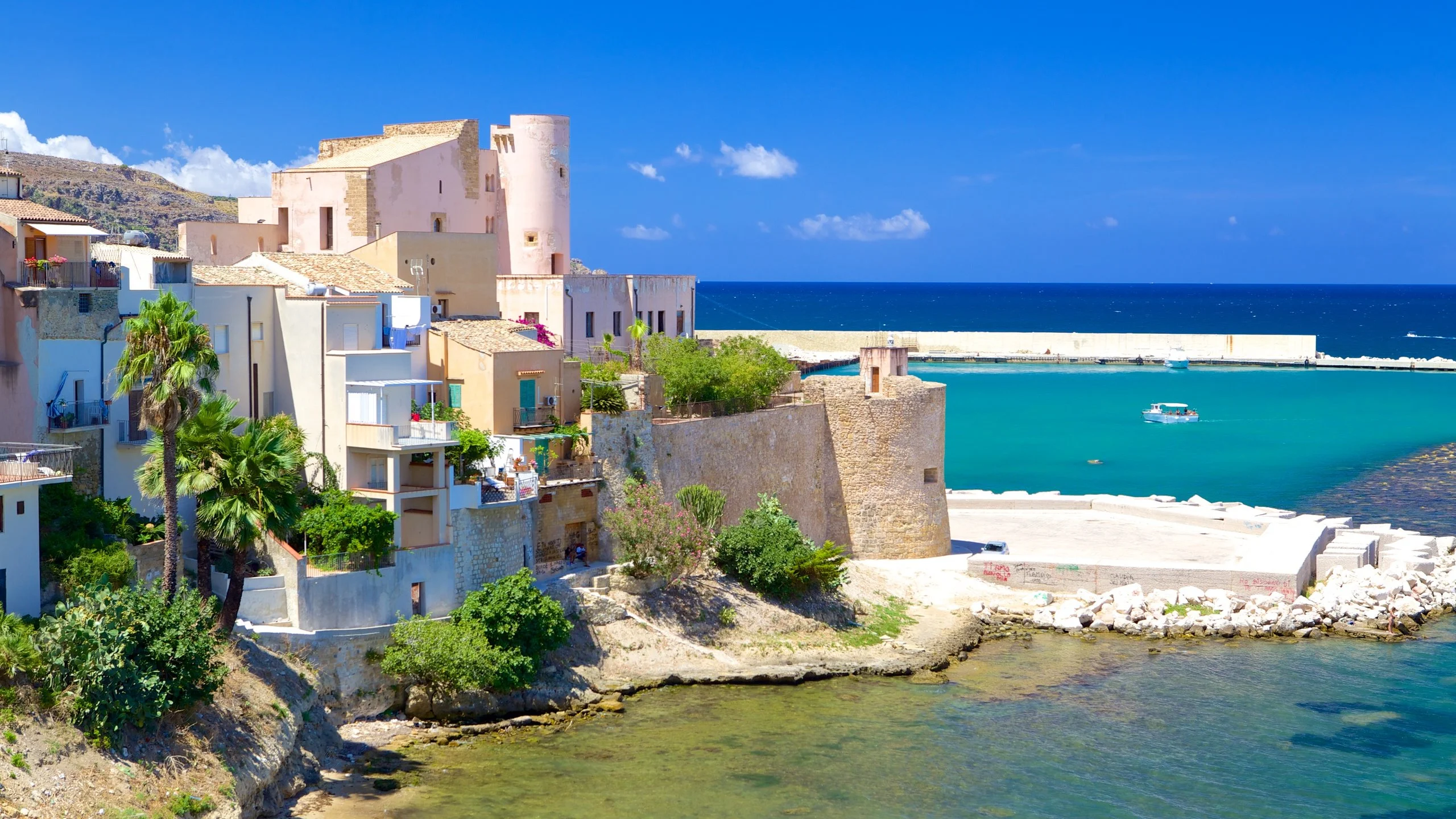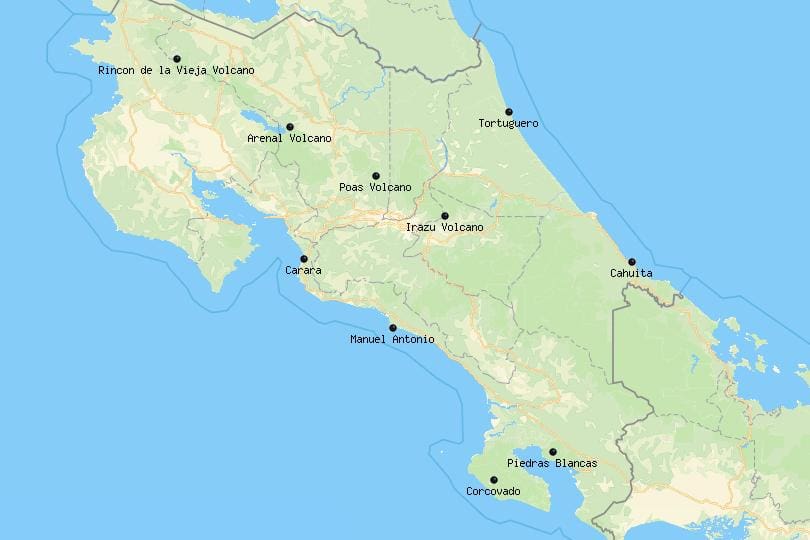Nestled in the heart of the breathtaking Andaman and Nicobar Islands, Wandur National Park is a haven for nature enthusiasts, adventure seekers, and wildlife lovers alike. Known for its lush tropical forests, pristine beaches, and vibrant marine ecosystems, this national park offers an unparalleled opportunity to immerse yourself in the raw beauty of one of India’s most remote and ecologically rich regions. Whether you’re exploring its dense jungles, snorkeling in its crystal-clear waters, or simply soaking in the serenity of its unspoiled landscapes, Wandur National Park promises an unforgettable experience.
In this article, we delve into the park’s fascinating biodiversity, its unique attractions, and practical tips for planning your visit. By the end, you’ll understand why this hidden gem deserves a spot on every traveler’s bucket list.
A Glimpse into Wandur National Park’s Origins
The Birth of a Natural Sanctuary
Established as part of the larger Mahatma Gandhi Marine National Park, Wandur National Park was created to protect the fragile ecosystems of the Andaman and Nicobar Islands. Spanning over 281.5 square kilometers, the park encompasses a mix of terrestrial and marine habitats, including coral reefs, mangroves, and tropical rainforests. Its creation marked a significant step toward conserving the region’s unparalleled biodiversity while promoting sustainable tourism.
The park’s name, “Wandur,” is derived from the local language, symbolizing the harmonious relationship between humans and nature that has existed in these islands for centuries. Over the years, it has become a sanctuary not only for wildlife but also for travelers seeking solace in nature’s untouched splendor.
Why It Matters Today
Today, Wandur National Park plays a critical role in preserving the ecological balance of the Andaman and Nicobar Islands. The park serves as a refuge for endangered species, a breeding ground for marine life, and a living laboratory for researchers studying tropical ecosystems. Its conservation efforts are vital in combating threats such as climate change, illegal fishing, and habitat destruction.
For visitors, the park offers a chance to reconnect with nature and witness the incredible diversity of life that thrives in this remote corner of the world. It’s a reminder of the importance of protecting our planet’s natural treasures for future generations.
Exploring the Biodiversity of Wandur National Park
Rich Flora and Fauna
One of the standout features of Wandur National Park is its extraordinary biodiversity. The park is home to a wide variety of plant and animal species, many of which are endemic to the Andaman and Nicobar Islands.
- Flora: The park’s dense tropical forests are dominated by towering evergreen trees, bamboo groves, and rare medicinal plants. These forests provide shelter and sustenance to countless species, making them a vital component of the ecosystem. Some notable plant species include the Andaman redwood, karambal, and various orchids that thrive in the humid climate.
- Fauna: On land, you’ll encounter creatures such as the Andaman wild pig, saltwater crocodiles, and various species of birds, including the Andaman wood pigeon and the Nicobar megapode. The park is also a nesting site for sea turtles, particularly the green turtle and the hawksbill turtle, which come ashore during the breeding season. These turtles lay their eggs under the cover of darkness, ensuring the survival of their offspring in this protected environment.
Marine Life and Coral Reefs
The underwater world of Wandur National Park is equally mesmerizing. Its coral reefs are teeming with life, hosting over 200 species of fish, manta rays, sharks, and vibrant corals. Snorkeling and scuba diving here offer a front-row seat to one of the most diverse marine ecosystems on the planet.
The park’s mangroves serve as nurseries for juvenile fish and crustaceans, playing a crucial role in maintaining the health of the surrounding seas. Visitors can explore these ecosystems through guided boat tours, which provide insights into the delicate balance of marine life. Mangrove forests also act as natural barriers against coastal erosion and storm surges, highlighting their ecological significance.
Unique Attractions of Wandur National Park
Pristine Beaches
The park boasts some of the most beautiful and secluded beaches in the Andaman Islands. With powdery white sand, turquoise waters, and swaying palm trees, these beaches are perfect for relaxation and photography. Popular spots include:
- Radhanagar Beach: Often ranked among the best beaches in Asia, Radhanagar Beach is known for its stunning sunsets and tranquil ambiance. This beach stretches for several kilometers, offering ample space for visitors to unwind and enjoy the natural beauty.
- Elephant Beach: A favorite among snorkelers, this beach offers easy access to vibrant coral reefs just offshore. The clear waters make it an ideal spot for beginners to try snorkeling, while experienced divers can venture further out to explore deeper sites.
Jungle Trails and Trekking Routes
For those who love adventure, the park offers several jungle trails that wind through its dense forests. These trails allow visitors to observe wildlife up close, discover hidden waterfalls, and enjoy panoramic views of the surrounding landscape. Guided treks are available for both beginners and experienced hikers, ensuring safety and enhancing the overall experience.
Some popular trekking routes include:
- Mount Harriet Trail: This trail leads to the highest point in South Andaman, offering breathtaking views of the surrounding islands and the vast expanse of the Bay of Bengal.
- Chidia Tapu Trail: Known for its birdwatching opportunities, this trail takes you through dense forests where you can spot rare avian species.
Birdwatching Opportunities
Wandur National Park is a paradise for birdwatchers, with over 240 species of birds recorded in the area. From colorful kingfishers to majestic sea eagles, the park’s avian residents provide endless opportunities for observation and photography. Early morning is the best time for birdwatching, as many species are more active during this period.
Activities to Enjoy at Wandur National Park
Snorkeling and Scuba Diving
The park’s clear waters and thriving coral reefs make it a top destination for snorkeling and scuba diving. Beginners can take lessons from certified instructors, while experienced divers can explore deeper sites such as submerged caves and shipwrecks. The visibility underwater is often excellent, allowing divers to fully appreciate the vibrant marine life.
Popular dive sites within the park include:
- North Bay Island: Known for its colorful coral gardens and schools of fish.
- Havelock Island: Offers a range of dive sites suitable for all skill levels.
Glass-Bottom Boat Rides
For those who prefer to stay dry, glass-bottom boat rides offer a unique way to view the underwater world. These tours provide a glimpse of colorful fish, coral formations, and other marine life without requiring any swimming skills. The boats are equipped with large viewing panels, ensuring an immersive experience for all ages.
Wildlife Safaris
Embark on a wildlife safari to spot animals such as deer, wild boar, and monitor lizards. Early morning and late afternoon are the best times for sightings, as many species are more active during these hours. Safari vehicles are designed to minimize disturbance to the animals, allowing for close encounters without causing stress to the wildlife.
Cultural Experiences
The Andaman and Nicobar Islands have a rich cultural heritage, and visiting nearby villages allows you to learn about the traditions and lifestyles of indigenous communities. Many tours include interactions with local tribes, offering a deeper understanding of their connection to the land and sea. You can participate in traditional dances, taste local cuisine, and purchase handmade crafts as souvenirs.
Travel Tips for Visiting Wandur National Park
If you’re planning a trip to Wandur National Park , here are some essential tips to ensure a smooth and enjoyable experience:
- Best Time to Visit: The ideal time to visit is between November and April, when the weather is pleasant and the seas are calm. Monsoon season (May to September) brings heavy rainfall and rough seas, making outdoor activities challenging.
- Permits and Regulations: Entry permits are required for certain areas of the park. Check with local authorities or tour operators in advance to avoid last-minute hassles. Permits are usually issued based on group size and intended activities.
- What to Pack: Bring lightweight clothing, sunscreen, insect repellent, and sturdy shoes for trekking. Don’t forget your snorkeling gear if you have it! A waterproof bag is also useful for keeping electronics safe during water-based activities.
- Accommodation Options: Stay in nearby towns like Port Blair or Havelock Island, where a range of hotels and resorts cater to different budgets. Booking accommodations well in advance is recommended, especially during peak tourist seasons.
- Sustainable Practices: Respect the environment by avoiding littering, refraining from touching coral reefs, and following all guidelines set by park authorities. Leave no trace behind to preserve the park’s pristine condition for future visitors.
- Health Precautions: Carry basic medications for common ailments such as motion sickness, dehydration, and minor injuries. It’s also wise to check if any vaccinations are recommended before traveling to the Andaman and Nicobar Islands.
- Transportation: Ferries and private boats are the primary modes of transportation between islands. Plan your itinerary carefully to account for travel times and schedules.
- Guided Tours vs. Independent Exploration: While independent exploration is possible, guided tours are highly recommended for first-time visitors. Knowledgeable guides enhance the experience by sharing insights about the park’s history, flora, and fauna.
- Photography: Capture memories responsibly. Avoid using flash photography near wildlife, as it can disturb animals. Always seek permission before photographing local communities.
- Safety Measures: Follow all safety instructions provided by tour operators, especially during water-based activities. Be mindful of currents and tides, and never venture into restricted areas.
Other Tourist Attractions Near Wandur National Park
While Wandur National Park is a highlight of the Andaman and Nicobar Islands, there are plenty of other attractions worth exploring in the vicinity:
- Cellular Jail: Located in Port Blair, this historic site commemorates India’s struggle for independence. The light and sound show held here provides a poignant account of the sacrifices made by freedom fighters.
- Chidiya Tapu: Known for its breathtaking sunsets and birdwatching opportunities, this spot is perfect for nature lovers. The Munda Pahar Beach and viewpoint offer panoramic vistas of the surrounding islands.
- Baratang Island: Famous for its limestone caves and mud volcanoes, Baratang offers a unique geological experience. A short boat ride through mangrove creeks adds to the adventure.
- Neil Island: A quieter alternative to Havelock Island, Neil is ideal for those seeking peace and tranquility. Its beaches, such as Bharatpur and Sitapur, are less crowded and equally stunning.
- Ross Island: Once the administrative headquarters of the British, Ross Island now lies in ruins. Explore remnants of colonial architecture amidst dense vegetation, creating a surreal atmosphere.
- Diglipur: Located in North Andaman, Diglipur is known for its rice fields, Saddle Peak (the highest point in the archipelago), and serene beaches like Kalipur and Ramnagar.
Conclusion
Wandur National Park is a true testament to the wonders of nature, offering a perfect blend of adventure, relaxation, and education. Its pristine landscapes, diverse wildlife, and vibrant marine ecosystems make it a must-visit destination for anyone traveling to the Andaman and Nicobar Islands. Whether you’re snorkeling among colorful fish, trekking through dense jungles, or simply enjoying the serenity of its beaches, this park will leave you with memories to cherish for a lifetime.
By prioritizing sustainable practices and respecting the environment, we can ensure that future generations continue to benefit from the park’s unparalleled beauty. So pack your bags, embark on this journey, and let the magic of Wandur National Park captivate your soul.
10 Frequently Asked Questions (FAQs)
- Where is Wandur National Park located?
- It is situated in the South Andaman district of the Andaman and Nicobar Islands.
- How do I reach Wandur National Park?
- The nearest airport is Veer Savarkar International Airport in Port Blair. From there, you can take a ferry or private boat to the park.
- Is Wandur National Park open year-round?
- Yes, but the best time to visit is from November to April due to favorable weather conditions.
- Are guided tours available?
- Yes, guided tours are offered for activities such as snorkeling, trekking, and wildlife safaris.
- What should I wear during my visit?
- Lightweight, breathable clothing and comfortable footwear are recommended.
- Can I swim in the park’s waters?
- Swimming is allowed in designated areas, but always follow safety guidelines.
- Are there accommodations within the park?
- No, but nearby towns like Port Blair and Havelock Island offer various lodging options.
- What wildlife can I expect to see?
- Common sightings include sea turtles, wild pigs, monitor lizards, and a variety of bird species.
- Do I need special equipment for snorkeling?
- Basic snorkeling gear is usually provided by tour operators, but bringing your own is advisable.
- Are children allowed on treks and boat rides?
- Yes, but age restrictions may apply for certain activities. Always check with tour operators beforehand.










